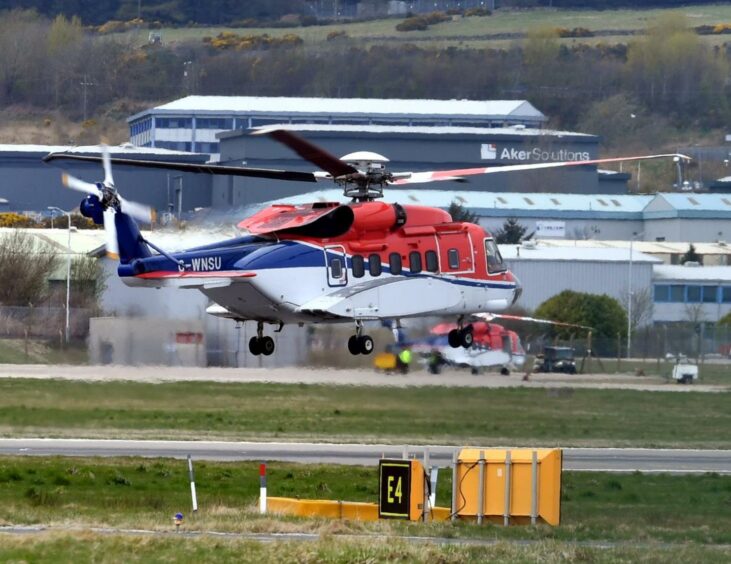
There will have to be “new orders of offshore helicopters” to meet demand growth with “things looking up” in the oil and gas sector.
Despite being “plagued by over supply for years”, there may only be two dozen available S-92s in the oil and gas sector, according to Air and Sea Analytics (ASA).
And in the short term, those out of work aircraft are the “only available real solution” for plugging the gap as offshore crew transfer demand rises.
Compounding the issue is a lack of orders for new models, and Sikorsky, the manufacturer of the S-92, hasn’t had a new offshore order for a number of years, ASA said.
Similarly the Super-Medium offshore orderbooks are also thought to be “either zero for some models or near-zero for others”.
ASA said: “To meet incremental demand in the offshore market, the out-of-work S-92s are the only available real solution in the next 12-24 months for any requirement above 7T MTOW.
“We do note that a number of H225s have been reactivated in China and Namibia in recent years however – the ability to replicate this elsewhere is likely to be limited by both the available aircraft remaining in usable oil and gas configuration and the appetite of the end users to fly it.
“Once these S-92s are committed, which could happen in as little as 12-24 months, there will need to be new orders of offshore helicopters to meet demand growth.”
The S-92 is the prevailing model in the North Sea and has even been described as the “angel” of the basin.
Its dominance is down, in part, to the grounding of Super Puma helicopters following a fatal crash in Norway in 2016.
ASA has also given an overview of the number of aircraft that would currently meet safety standards.
In 2020 the International Oil & Gas Producers (IOGP) Aviation Safety Group published the R690 document, laying out its latest guidelines on safety.
It was intended to “set a baseline” on safety in terms of a number of areas helicopter specification, including upgrades, crew training and operational procedures.
According to ASA, the number of “available existing aircraft” meeting the guidelines is starting to fall and less than half of the offshore fleet would tick the boxes.
ASA said: “One key implication of the adoption of these guidelines, which are not enforces, would be the variety of choice of offshore helicopters.
“Only a small number of types – including S-92, AW189, H175, AW139, H160, AW169 – would meet these requirements and thus only those aircraft would be expected to be bid on subsequent new contracts and contract renewals by IOGP members.
“Of the offshore fleet of just over 1,400 aircraft, only 620 (44% of the fleet) would meet the R690 standards.”
Air and Sea Analytics is run by director Steve Robertson, former head of oilfield services at Westwood Global.
Recommended for you

